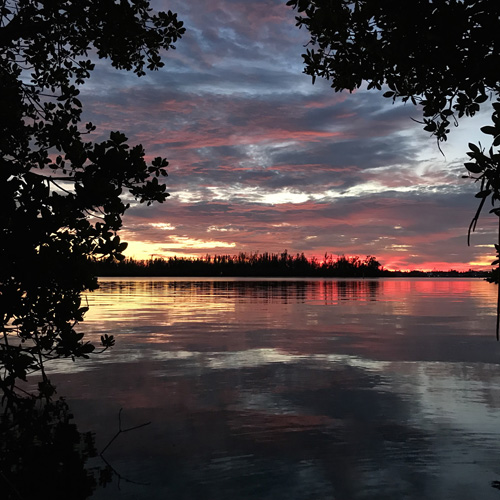Local environmental scientists and conservationists are pushing back against proposed changes to the U.S. Endangered Species Act that they contend will roll back more than 45 years of conservation gains for animals that live in and around the Indian River Lagoon, such as sea turtles, manatees and scrub jays.
The Trump administration announced the changes to regulations governing implementation of the Endangered Species Act earlier this month, promising to reduce regulations and make the listing process more transparent.
The overhaul ends blanket protection for animals proposed for new ‘threatened’ designations. It would allow economic impacts to be considered in the listing process, would limit designations of critical habitat deemed vital to a species’ survival, and would not factor in the effects of climate change.
Environmental groups – including the Center for Biological Diversity, Natural Resources Defense Council, EarthJustice, Defenders of Wildlife, Sierra Club, and Humane Society of the United States – quickly joined together to sue the U.S. Department of the Interior to block the rule changes, which are slated to take effect next month.
Dr. Duane DeFreese, executive director of the Indian River Lagoon Council, says the plaintiffs’ concerns are justified.
“The concerns are legitimate – especially when you start taking economic factors into consideration when you are trying to determine the status of a rare, threatened, or endangered species,” DeFreese said. “First and foremost, endangerment of a species should be determined by the best available science.”
Currently, more than 1,650 species of animals and plants are listed as endangered or threatened in the United States. Of those, the Indian River Lagoon region is home to more than 50.”
Of particular concern to Dr. Kate Mansfield, director of the Marine Turtle Research Group at the University of Central Florida (UCF), is the status of green sea turtles, which UCF has been monitoring in the lagoon near Sebastian Inlet for more than 35 years.
Those animals – once listed as endangered – have seen their nesting numbers soar in the past decade or so, and the Florida population was down-listed to threatened in 2016. But the federal government failed to designate their Treasure Coast and Space Coast nesting beaches as critical habitat, which leaves them vulnerable to development and other human impacts.
“These are very late-maturing, long-lived animals,” Mansfield said. “It’s taken 30 years plus for these animals to get back the momentum [for survival]. If it becomes easier to develop or modify these critical habitats, it could do damage to these animals and their recovery. If we do something that affects their population and hatchlings don’t survive, we may not see that reflected in the nesting numbers for two or three decades – and by that time, it may be far too late to recover the population.”
The proposed changes to the Endangered Species Act, if enacted, could potentially hamper efforts by Vero Beach marine scientist Dr. Grant Gilmore to protect eight species of freshwater fish that reproduce only in the St. Sebastian, St. Lucie and Loxahatchee rivers.
Gilmore is working on a petition to the U.S. Fish & Wildlife Service to list the fish as endangered or threatened, due to loss of habitat along grassy riverbanks from herbicide spraying and predation by exotic species.
Gilmore says he has little faith in the feds to protect the fish, but hopes public outcry will do the trick.
“I look at this as another crazy thing coming out of Washington,” he said. “I believe in the power of the people to get things done. A lot of people love manatees and bald eagles”– two species that have recovered under the ESA.
Dr. Richard Baker, president of Pelican Island Audubon Society in Vero Beach, said that with more species than ever threatened by the effects of climate change, “this is not the time to remove protection of our species.”
Baker said migratory birds are vulnerable because they travel from one end of the climate spectrum to the other.
“They have to have food at both ends, and it might not be there,” he said.
And birds like the threatened Florida scrub jay are in danger, he said, because changes in the new law don’t protect their dry, sandy habitat – which is very sought after by developers.
“Terrible, irresponsible,” Baker said of the ESA revisions. “It’s for companies wanting to exploit our habitats and our animals for money.”

